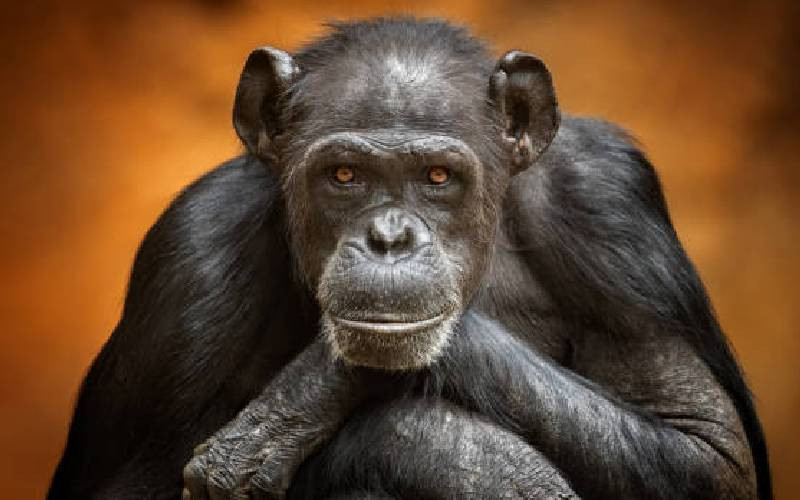×
The Standard e-Paper
Fearless, Trusted News

Endangered great apes get malaria, just like humans. New evidence from wild bonobos shows the infection harms them, too.
New research has revealed that wild bonobos, an endangered great ape species, can contract malaria, a disease previously thought to affect only humans.